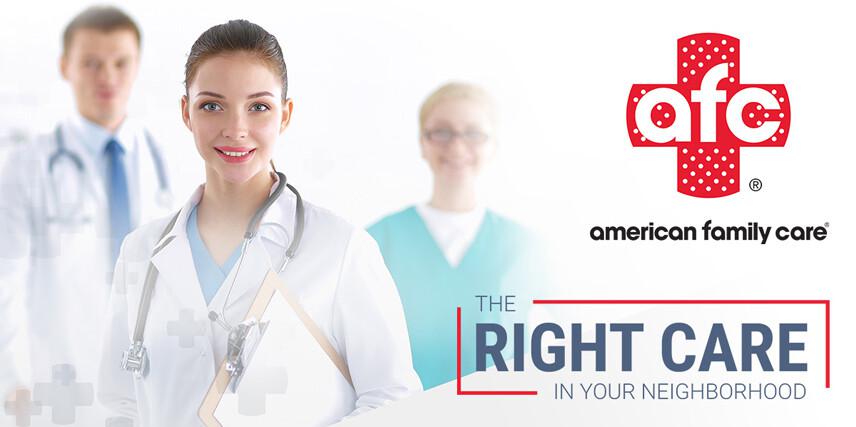During the warmer spring and summer months we spend an increased time outdoors and in nature. One unfortunate risk associated with spending time outdoors without having our skin protected by long sleeves and long pants is the potential to be exposed to poison ivy or poison oak. Poison ivy and poison oak are two closely related plants that carry the same poison on their leaves called urushiol. Exposure to either plant can cause a very unpleasant rash on the skin. Although not everyone is allergic to the urushiol released by poison ivy and poison oak, about 85% of people are allergic. This makes it essential to understand the risks of exposure and proper treatment protocols to stay comfortable this summer.
If you think you may have been exposed to poison ivy or poison oak, AFC Urgent Care Edgewater can help. Our team of expert medical providers are trained to diagnose reactions caused by coming into contact with poison ivy and poison oak and can help you manage the reactions accordingly. Simply walk into the clinic, or save your spot online in advance using the button below.
Why Do Poison Ivy and Poison Oak Cause a Rash?
Poison ivy and poison oak are very common plants that can camouflage well in heavily vegetated or wooded areas. In most cases, you likely won’t even realize you touched the plants until the signature poison ivy rash appears after a day or two. This is because both poison ivy and poison oak spread their poison through a glossy film on the leaves of the plants. This oily substance sticks to the skin, but is essentially invisible to see. As the oil sinks into the skin, it exposes your pores to the poisonous urushiol, which over time causes a severe reaction on the skin in the area that came into contact with the plant's oils.
What to do if You Touch Poison Ivy or Poison Oak
If you do notice that you came into contact with poison ivy or poison oak, there are a few steps you can take to try to reduce the reaction. Rapid intervention is the most effective way to prevent a rash from exposure to poison ivy and poison oak.
Firstly, you should wash the affected area with soap and water to remove any of the plants oils that could be sitting on the skin. Applying rubbing alcohol within the first few hours of exposure to break down the oil, further removing it from the skin. It is also important to be cautious when handling clothing that could have come into contact with poison ivy or poison oak. Clothing can spread the plant's oils to the skin. Wash any clothing that could have come into contact with the oils with hot soapy water.
Tips for Preventing a Reaction to Poison Ivy or Poison Oak
If you’re planning on spending time outdoors, whether it's hiking, going to your child's sports game, or just doing yard work, it is important to be able to identify harmful plants like poison ivy and poison oak. Being aware of your surroundings and taking preventative measures to prevent contact with these plants is the best way to avoid having a reaction to them. Wearing long pants, long sleeves, and socks that cover any exposed skin can help prevent the plant's oils from reaching your skin and causing a reaction. Always immediately wash any clothes that may have been contaminated to prevent a delayed exposure.
Visit AFC Edgewater for Rapid Poison Ivy & Poison Oak Rash Treatment
Skin rashes from poison ivy and poison oak exposure can be severe. They often appear a few days after exposure and can last up to 3 weeks, depending on the severity of your allergy. At AFC Urgent Care Edgewater, our walk-in clinic can help patients manage symptoms caused by poison ivy and poison oak exposure. Our medical providers are board-certified and trained to identify skin reactions and treat them effectively. Based on the severity of the reaction, we can provide supportive care through medicated creams to help you stay comfortable while the reaction subsides.
Our clinic is open 7 days a week in Edgewater, MD. We accept walk-in patients daily and are open 7 days a week, including on weekends! We treat patients of all ages, making our clinic a convenient alternative to waiting for an appointment with your primary care provider. We accept most medical insurance plans and have affordable rates for self-paying patients. For more information, contact our medical staff directly by calling (410) 956-3394.
